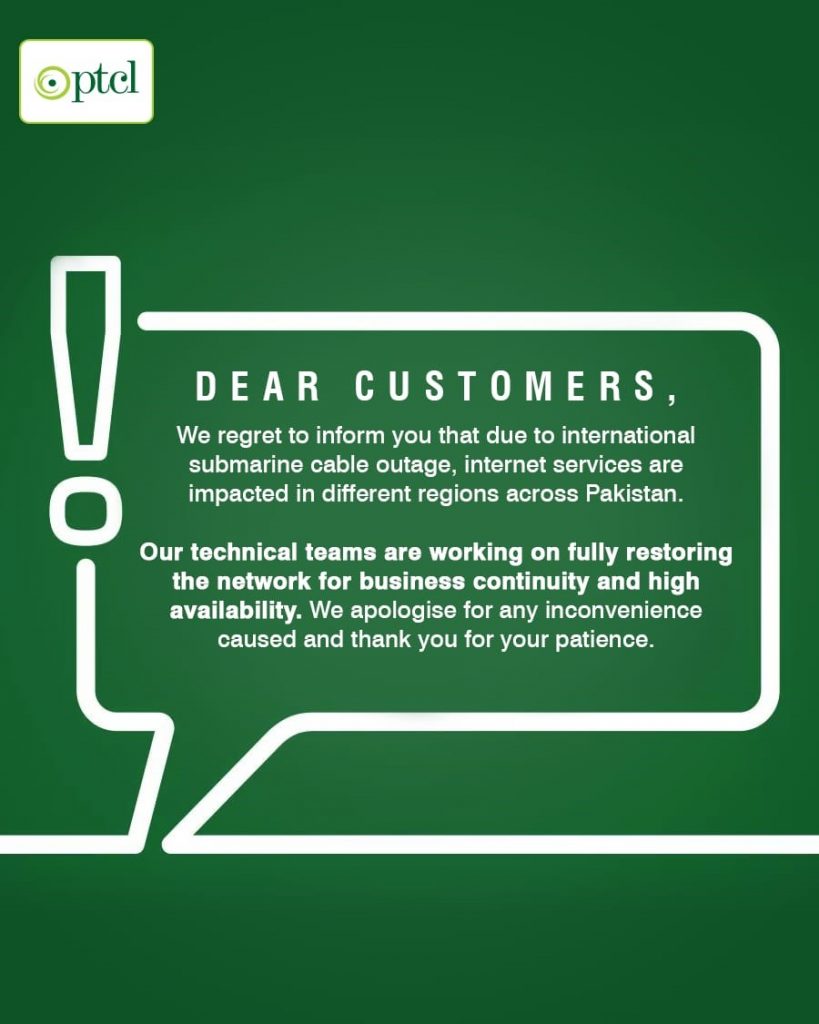Every organization to ever exist has always been vulnerable to different and unexpected threats, which can severely damage your reputation and have a potentially devastating impact on revenue, customer acquisition, loyalty, and business. This vulnerability is somehow compounded by the immediacy that the internet and social media brings with it. With the rapid penetration of mobile devices and broadband internet in Pakistan, it has further changed the dynamics of crisis management in this digital age.
Given that customers now possess the means to communicate their dissatisfaction quickly and publically, social media has significantly raised the stakes when a crisis occurs. In a crisis situation, social media may seem like your enemy, however, it can also be your biggest ally if used appropriately and in a timely fashion. Social media platforms like Facebook, Twitter and LinkedIn give you direct access and ability to engage with all stakeholders to mitigate the crisis by providing timely updates. Not only that, a company’s spokesperson giving an official statement on the crisis using digital platforms makes it easier for traditional media to check the authenticity of the crisis and keep the fake news or conspiracy theories at bay. It is important that the communication going out from a company’s side is consistent, factual and reliable. This not only makes crisis management easier but also builds customer confidence and strengthens the brand. In fact, a well-managed crisis in the digital age can help you retain customers and also get new customers.
Crises usually don’t come with any warning, leaving little or no time to react or prepare. Thus it is imperative that the comms team is ready with all possible scenarios in advance and prepares a crisis management plan, SoPs, and execution of internal engagement model for timely updates, approvals and resolution. In today’s world, it is no longer acceptable for a company to ignore any negative news, customer sentiment or even employee grievances.
 One recent example of an efficient crisis management case is when Pakistan faced national outage and various conspiracy theories were floating regarding internet breakdown in the country. We could see PTCL teams actively managing the crisis on all fronts by giving timely updates through their digital platforms, which were also picked up by traditional media and thus, the factual narrative was shared through media to the general public.
One recent example of an efficient crisis management case is when Pakistan faced national outage and various conspiracy theories were floating regarding internet breakdown in the country. We could see PTCL teams actively managing the crisis on all fronts by giving timely updates through their digital platforms, which were also picked up by traditional media and thus, the factual narrative was shared through media to the general public.
Through a proactive strategy, PTCL and its PR & Digital teams were engaged at all fronts through the night giving regular updates on the rectification of technical crisis. It had a designated spokesperson that communicated these messages to all the media involved, whether it was print, electronic or social media. More importantly, the strategy involved the effective use of digital channels to reach a maximum number of customers and stakeholders in real-time.
Through it social media channels like Facebook and Twitter amongst others, PTCL immediately engaged and apologized for the inconvenience and were committed to resolve the crisis related to PTCL international submarine cables on priority.
Working non-stop throughout the night the two internet cables were brought back online within 24 hours and was communicated as soon as the internet was up. PTCL kept itself connected with its people and thanked everyone for their patience as internet service speeds returned to normal nationwide.
The existence of social media allows for headlines and rumors to travel the globe at the speed of light now. Companies must be ready to respond quickly and effectively.
“It takes 20 years to build a reputation and five minutes to ruin it. If you think about that, you’ll do things differently” – Warren Buffett.





 New social networking site to beat Faceboook and Twitter
New social networking site to beat Faceboook and Twitter